Joints:
Joints are points of contact between bones, or between bones and
cartilages. Force generated by the muscles is used to carry out movement through joints, where the joint acts as a fulcrum. The movability at these joints vary depending on different factors. Joints have been classified into three major structural forms, namely, fibrous, cartilaginous and synovial. Fibrous joints do not allow any movement. This type of joint is shown by the flat skull bones which fuse end-to-end with the help of dense fibrous connective tissues in the form of sutures, to form the cranium.
In cartilaginous joints, the bones involved are joined together with
the help of cartilages. The joint between the adjacent vertebrae in the vertebral column is of this pattern and it permits limited movements. Synovial joints are characterised by the presence of a fluid filled synovial cavity between the articulating surfaces of the two bones. Such an arragement allows considerable movement. These joints help in locomotion and many other movements. Ball and socket joint (between humerus and pectoral girdle), hinge joint (knee joint), pivot joint (between atlas and axis), gliding joint (between the carpals) and saddle joint (between carpal and metacarpal of thumb) are some examples.
………………………………………………………………………..
Subscribe to NEET preparation channel: https://www.youtube.com/channel/UCVjG…
Like us on facebook: https://www.facebook.com/profile.php?…
Follow us our facebook page: https://www.facebook.com/neetwithaks/
Follow me on gmail ID: [email protected]
Category: Education
License: Standard YouTube License
#Being Human Charitable Trust
source
Welcome!Log into your account



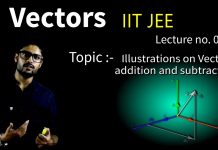







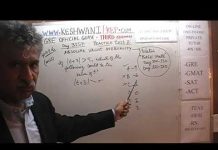

![CY_GATE_2019_PHYSICAL_SPECTROSCOPY_[ELECTRONIC_BASIC]_All IN ONE_[Short_Trick]_2018-19_PART_1ST - Videos](https://trends.edugorilla.com/wp-content/uploads/sites/8/2018/08/cy_gate_2019_physical_spectroscopy_electronic_basic_all-in-one_short_trick_2018-19_part_1st-218x150.jpg)



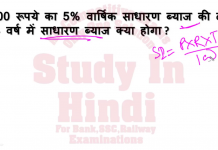
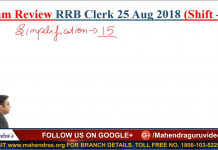

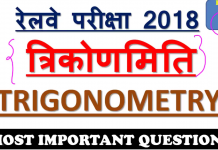
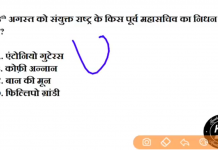
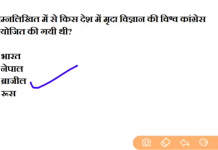
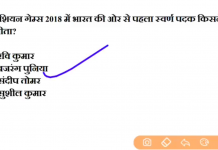





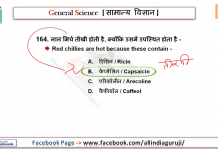


![24 August 2018 – The Indian Express Newspaper Analysis हिंदी में – [UPSC/SSC/IBPS] Current affairs - Videos](https://trends.edugorilla.com/wp-content/uploads/sites/8/2018/08/a520-218x150.png)
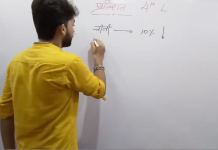



Sir jo sesamoid bone bnti hai vo muscle – muscle k bech m bnti hai ya fir us region m bnti h jha pe muscle and bone join hote hai
Sir plzzz ache se explain krke smjha DENA PLZZZ sir or pkka smjhana……
Nice vedio